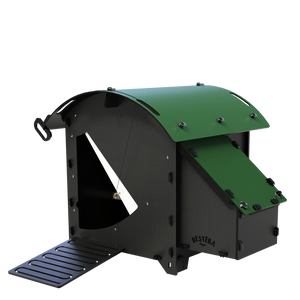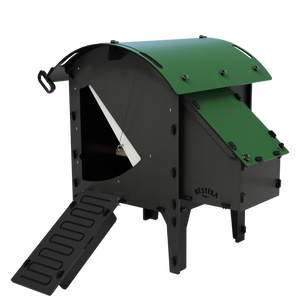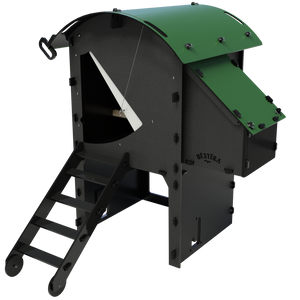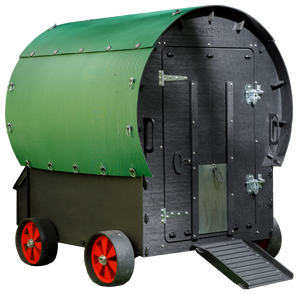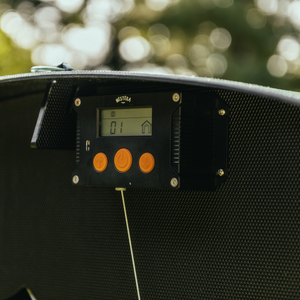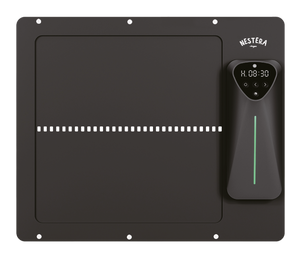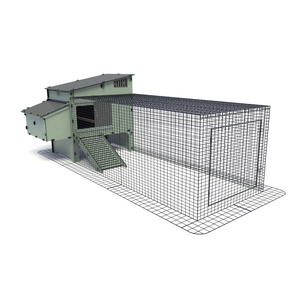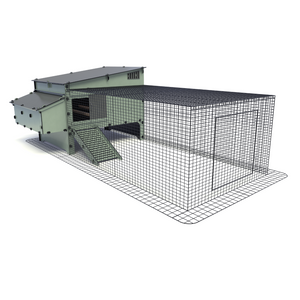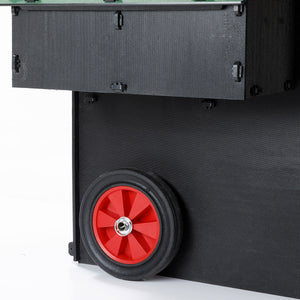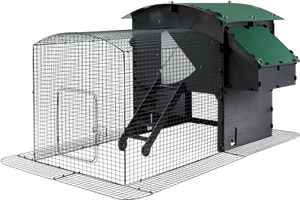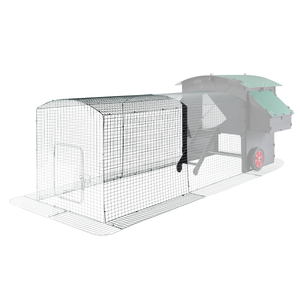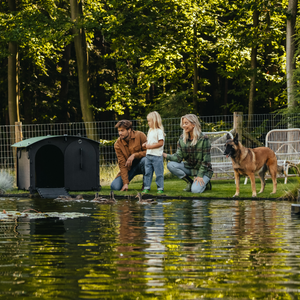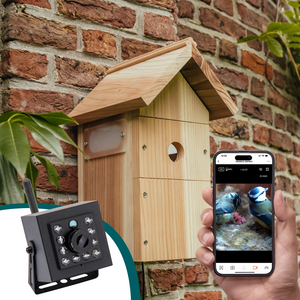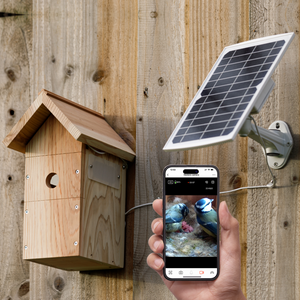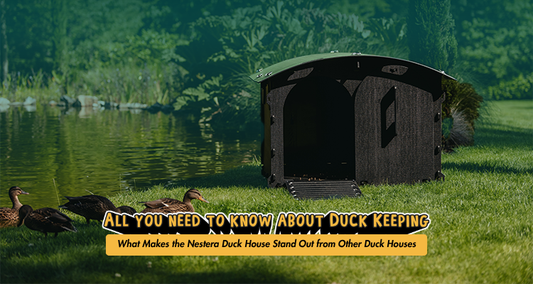How Do Different Plastic Chicken Coops Compare in a Heatwave?
One of the questions we often get asked is how the temperatures inside our single-wall recycled plastic chicken coops compare to the 'unique twin-wall insulation system' of another plastic chicken coop on the market. So we decided to find out...
The Experiment
On Tuesday 19th July, at the height of the recent heatwave, instead of staying in an air-conditioned room eating ice cream and keeping cool like most sane people did that day, we thought what better time than the UK’s hottest day on record to get some thermometers and compare the internal temperatures of some different types of chicken coops!
While the temperature in Lincolnshire reached a record-breaking 40.3°C that day, the outside temperature in Clacton-on-Sea, where we were at the time of the experiment, was 33.6°C.
To ensure as fair a test as possible, we used four different thermometers, each taking four separate readings* from each of the two plastic coops, a traditional wooden coop, plus the outside air temperature.
The Results
As expected, the Nestera recycled plastic coop remained on average 3.3°C lower than the plastic coop with the ‘unique twin-wall insulation system’!
This was down to the fact that every Nestera coop has two large, fully adjustable predator-proof vents along one side, plus a series of ventilation ridges hidden under the roofline along the other side. This combination provides the ideal amount of airflow to the inside of the coop depending on the outside air temperature and other weather conditions.
The other plastic coop we tested only has fixed, non-adjustable ventilation - and the 'twin-walled insulation system' that claims to keep your hens cool in summer didn't seem to be living up to its promises that day...


As well as the adjustable ventilation system in Nestera coops, the 9mm-thick, recycled plastic we use for our coops is also UV-resistant. The unbelievable durability of this recycled plastic also means we can offer our coops with an industry-beating 25-year warranty.
Unlike Nestera, the ‘twin-wall insulation system’ coop we tested is made from virgin plastic in Asia and only comes with a 2-year warranty.

The traditional wooden chicken coop was admittedly 1°C lower than the Nestera coop; however, when you consider the 3–5-year lifespan of a wooden coop, compared to the 25+ years a Nestera coop will last, on top of the time, effort and cost needed to constantly treat a wooden coop with poultry-safe sealants and wood preservatives, repair rotten timbers and treat red mite – it's a no-brainer!
Check out our range of UV-resistant recycled plastic chicken coops here which keep your flock comfortable all year round.
*These readings were taken with the three coops placed in direct sunlight; however, for the safety and wellbeing of your birds, we do not recommend any coops are left in direct sunlight, and that adequate shade and food/water is provided for your birds at all times, especially in hot weather.

